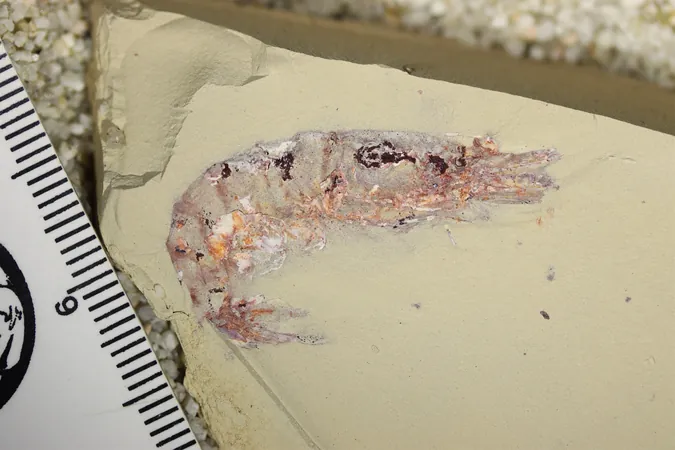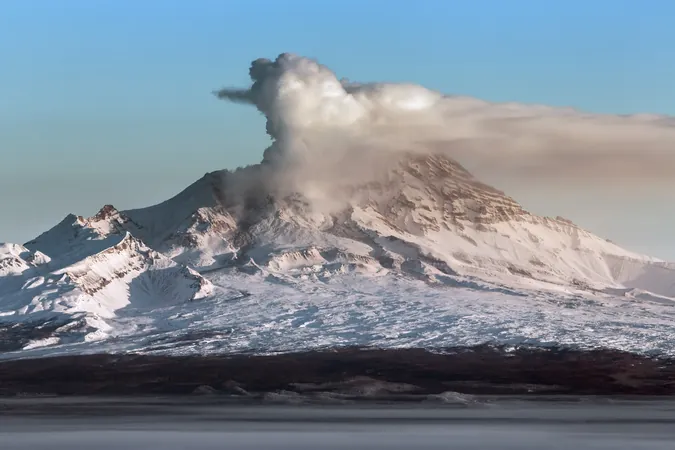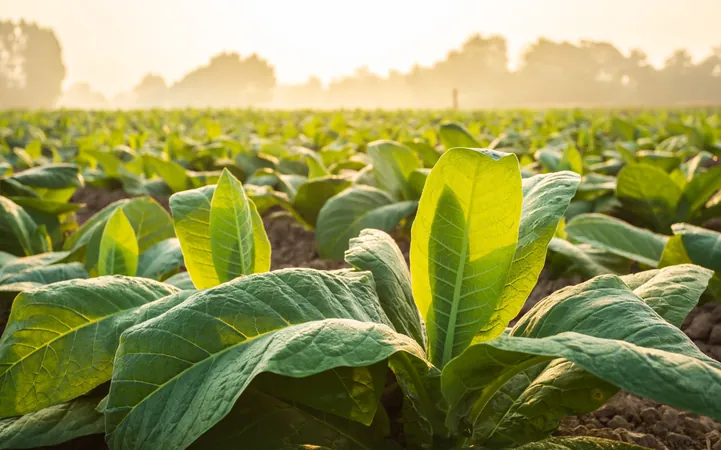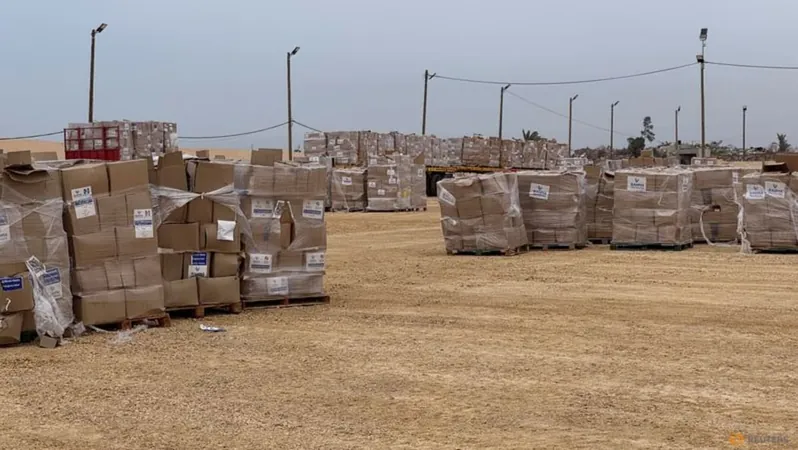
Unlocking the Secrets of Fossilization: Why Some Animals Stand the Test of Time
2025-05-01
Author: Wei
The Mystery of Fossilization Revealed
Why do some ancient creatures leave behind bones while others vanish without a trace? A groundbreaking new study from the University of Lausanne, recently published in Nature Communications, holds a vital clue: the very bodies of these animals. The research reveals that both size and chemical composition are key factors in determining an organism's chances of becoming a fossil.
From Soft Tissue to Stone: The Art of Preservation
Fossils are not just remnants of bones; they can include incredible traces of soft tissues such as muscles, organs, and even brains. However, scientists have long struggled to understand why certain species and their tissues are more likely to be preserved. To tackle this enigma, researchers conducted meticulous decay experiments on a variety of species including shrimps, snails, starfish, and worms, all under strictly controlled lab conditions.
Decaying with a Purpose: The Chemical Balance
During the decomposition process, micro-sensors were deployed to monitor the chemical environment surrounding the decaying bodies, particularly the balance between oxygen-rich and oxygen-poor conditions. The results were enlightening: larger animals with higher protein content rapidly created reducing environments, ideal for fossilization. These oxygen-poor conditions slow down decay and trigger crucial chemical reactions that lead to the preservation of tissues.
The Divergent Fate of Fossils
As Nora Corthésy, Ph.D. student at UNIL and lead author of the study, points out, this discovery means that two animals buried side by side can have drastically different fates as fossils simply due to their size or chemical makeup. An imposing arthropod might become immortalized in stone, while a smaller worm could completely disappear.
Drawing Conclusions from the Past
This research helps illuminate why the fossil records from the Cambrian and Ordovician periods, dating back around 500 million years, are predominantly filled with arthropods. Corthésy emphasizes how these findings not only clarify the irregularities in the fossil record but also shed light on the very processes that define what we can learn from ancient life.
Digging Deeper: Questions on Fossilization
When asked why shrimps, snails, and starfish were chosen for the study, Corthésy explained that these modern creatures closely resemble their ancient counterparts in terms of phylogenetic relationships and chemical composition. Furthermore, the study offers insights into the conditions that favor fossil preservation, highlighting the influence of elements like temperature and salinity.
Sorting Fact from Fiction in Paleontology
The research proposes that many smaller, less protein-rich organisms may never have been preserved, raising questions about what other species might be lost to time. Although scientific exploration cannot travel back millions of years, these findings lay the groundwork for understanding past ecosystems and the likelihood of fossilization.






 Brasil (PT)
Brasil (PT)
 Canada (EN)
Canada (EN)
 Chile (ES)
Chile (ES)
 Česko (CS)
Česko (CS)
 대한민국 (KO)
대한민국 (KO)
 España (ES)
España (ES)
 France (FR)
France (FR)
 Hong Kong (EN)
Hong Kong (EN)
 Italia (IT)
Italia (IT)
 日本 (JA)
日本 (JA)
 Magyarország (HU)
Magyarország (HU)
 Norge (NO)
Norge (NO)
 Polska (PL)
Polska (PL)
 Schweiz (DE)
Schweiz (DE)
 Singapore (EN)
Singapore (EN)
 Sverige (SV)
Sverige (SV)
 Suomi (FI)
Suomi (FI)
 Türkiye (TR)
Türkiye (TR)
 الإمارات العربية المتحدة (AR)
الإمارات العربية المتحدة (AR)